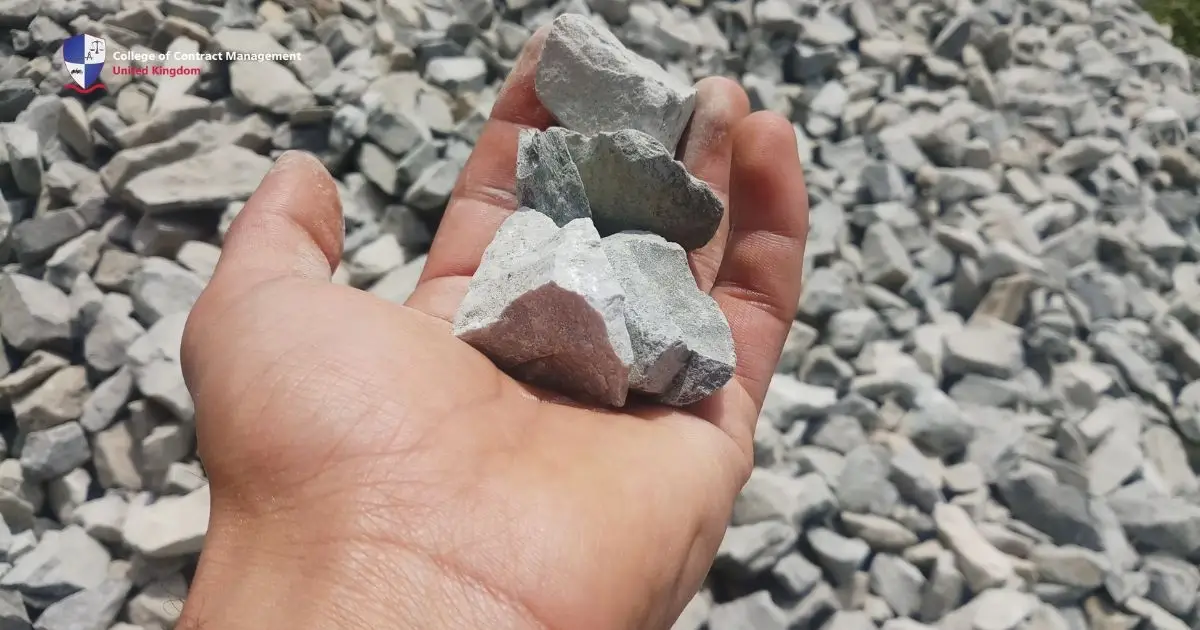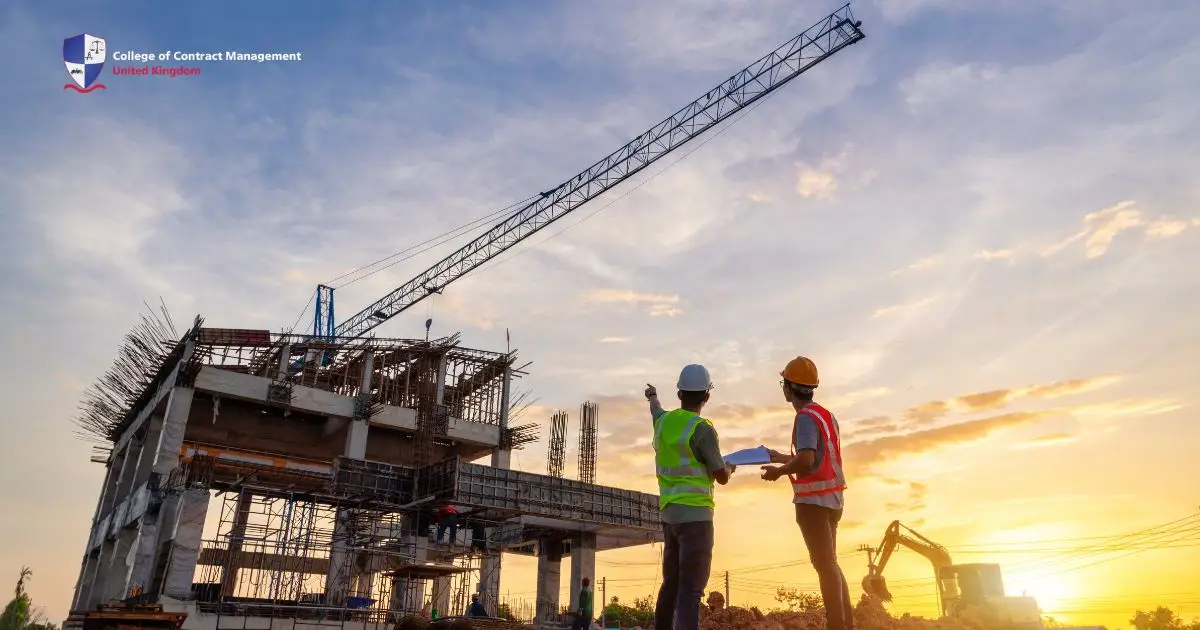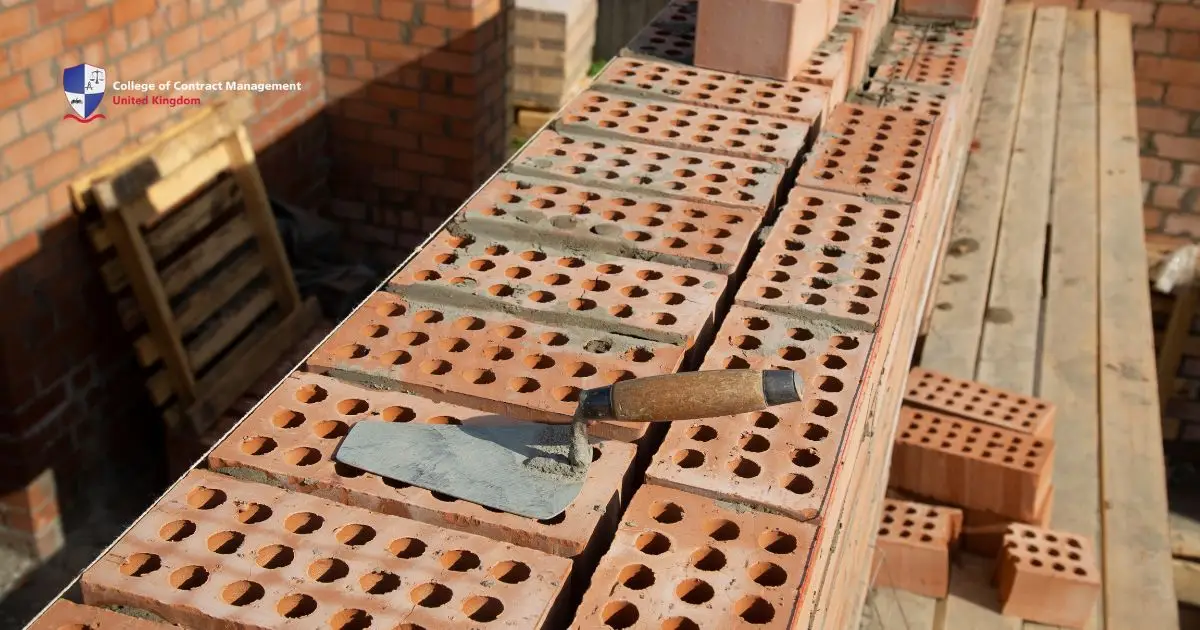Building a structure uses a lot of building materials. This is because every building project has different needs, technological advancements, and the goal for eco-friendly impacts. Therefore, the materials are varied based on their components and properties, such as aggregates. These mixed components can help builders make a building stronger, look beautiful at an affordable cost, and be safe for the environment.
With this in mind, aggregates play an important role in daily life because people use them everywhere, especially in construction. Builders typically use this material for making concrete. This is because it can give concrete good strength, durability, and workability. To learn more about it, this article will walk you through every aspect you can use to build a property.
What are construction aggregates?
Aggregates in construction are building materials composed of granular substances that are mixed with binding matter, such as cement or asphalt, to form a strong structure, like concrete or asphalt. This building supply can offer great strength and stability in every structure in which it is used. For this reason, they can be a good choice for structural applications. In fact, aside from being a component of a mixture, it can also stand on its own.
These materials play a crucial role in building structures like roads, concrete forms, and coastal protection due to the benefits they offer. To maintain the high quality of concrete or other materials mixed with them, it’s essential to ensure the granules are dry and clean before use. If not properly prepared, they can lower the quality of the mixture, resulting in a weaker structure. With that in mind, the quality of this granular material depends on its processing, and producers follow several processes to create this building supply.
The different types of aggregates depend on the raw materials, the properties needed, and how they will be used. For example, builders use sand for pipe bedding, filling gaps, and levelling surfaces. They use gravel to make concrete, build road bases, and enhance landscaping. They often use crushed rock to create a strong foundation for railway tracks. In this way, they play an important role in construction and affect many aspects of daily life.
Importance of aggregates in construction
Aggregates are important for the construction industry because they bring a lot of good things to complete a building task. It can make the process easier and efficient. Without this building supply, any construction project can not be done because it is versatile in the construction industry. To know more about its benefits for the construction sector, below are the benefits you can get when using these materials in making a structure. It includes:
-
Create a great balance for building structure
-
Can be used and mixed with other components
-
Build a great foundation for buildings and other infrastructures
-
Improve the buildings’ aesthetic
-
Make the best building quality
-
Save more money
Four main types of aggregates
The four main types of aggregates are crushed stone, sand, gravel, and recycled. Their differences depend on how producers create them. For example, some come from machines, while others occur naturally.
This material can also be classified by its origin, size, shape, and composition. This classification helps ensure that structures are strong and durable, such as when making high-quality concrete. For instance, proper grading improves the packing density, which in turn boosts the durability of concrete and asphalt. Below, you can find an explanation of each classification type.
1. Crushed Stone
Crushed stone is an aggregate that is formed by natural processes. Therefore, it is classified as natural. Typically, it is made from a mined rock that is crushed to the desired size through a machine. Therefore, you can use it to make a road construction and a base material. This is because this type has good shape and sturdiness for building the structure.
2. Sand
Another type is sand. This granular material forms through a natural process of erosion or by crushing and screening rocks. Typically, its size ranges from 0.06mm to 4mm, making it essential in various construction projects. Additionally, sand comes in two types based on size: coarse and fine. Coarse materials are larger than 4.75mm, while fine materials are smaller. This variation enables the creation of buildings that can withstand heavy loads and various weather conditions.
3. Gravel
Gravel is an aggregate type that is naturally formed by water erosion or rocks colliding. For this reason, it has a loose shape that can be produced in quarries. This can be done by crushing the materials into desired dimensions. For this reason, this type can be used in construction, landscaping, and drainage solutions.
4. Recycled
This type comes from recycled building materials. For example, producers create it using building demolition waste, used railway ballast, or reclaimed asphalt. Doing so can lower the demand for the new extraction, thus lowering environmental damage
Applications of aggregates in construction
With all its benefits, builders can use these materials for various construction applications, including water filtration, protecting construction pipes, and more. In water filtration, they use it as a filter medium in a drainage system to remove pollutants. The fill absorbs the water in a trench and allows it to flow through the surrounding soil. Therefore, this can provide clean water. Besides being a water filtration system, there are still other applications that are useful in making a building, such as:
-
Road foundations – Aggregates form the base layer that supports roads. They help distribute the load of vehicles evenly and prevent the road from sinking or cracking.
-
Rail trackbed – Crushed stone or gravel is laid under and around railway tracks. This keeps the tracks in place and allows water to drain away, preventing erosion and damage.
-
Asphalt – Granules are mixed with bitumen to create asphalt, which is used for paving roads, driveways, and parking lots. The fill provides strength and durability to the surface.
-
Concrete – In concrete production, gravel makes up most of the volume. They add compressive strength and reduce the cost of cement.
-
Drainage – Crushed stones are placed in drainage systems to improve water flow and prevent water buildup. They reduce the risk of flooding by allowing water to pass through easily.
Final thought
Aggregates play an important role in making a building because they can be used for various applications, from building a structure, improving the material quality, or just making them clean and last for a long time. Moreover, their different types, sizes, and dimensions also support the benefits they can give to the builder. However, to use them for your construction project, you need to understand their concept.
In response to this, the College of Contract Management provides you with the lessons you can learn from. It creates several learning sources you can choose from, including engineering topics to business discussions. Therefore, it becomes a trusted educational institution in the UK. Moreover, taking the course from CCM will bring you a lot of benefits to your learning journey. What are you waiting for? Choose your favourite topic and enrol in the class now!





